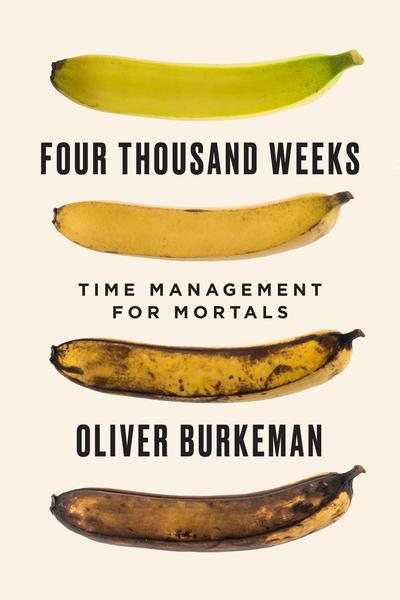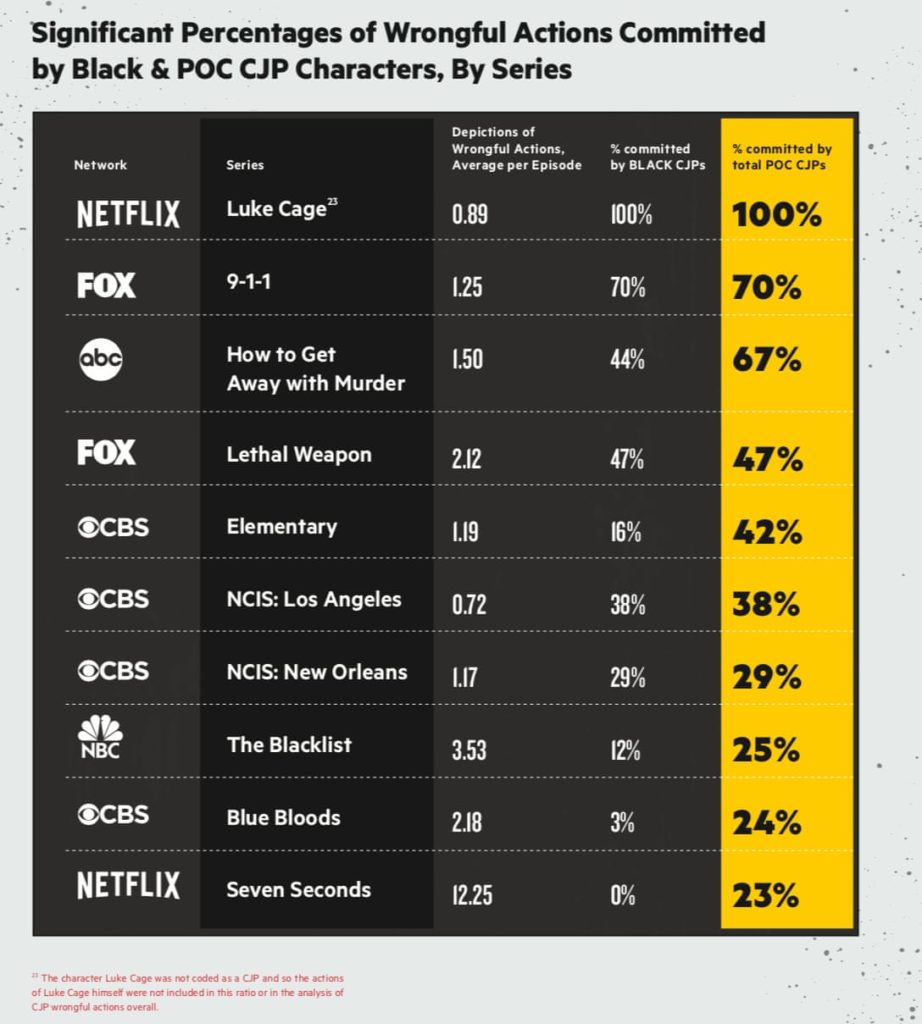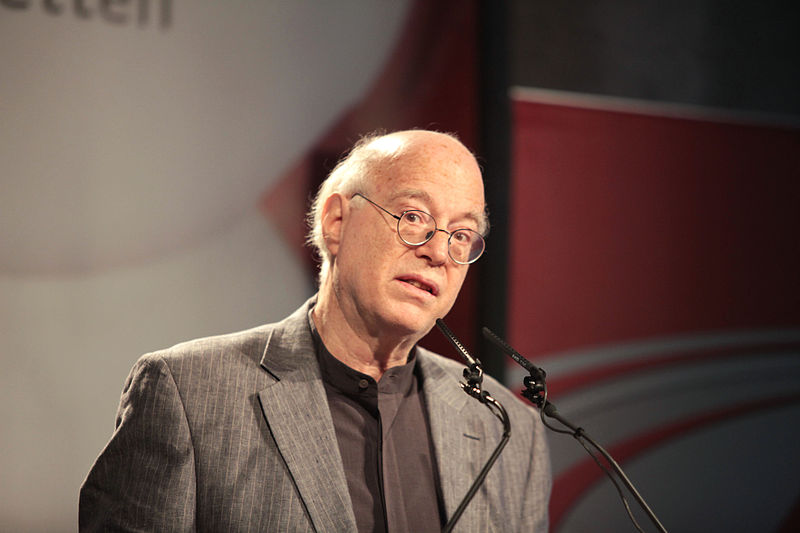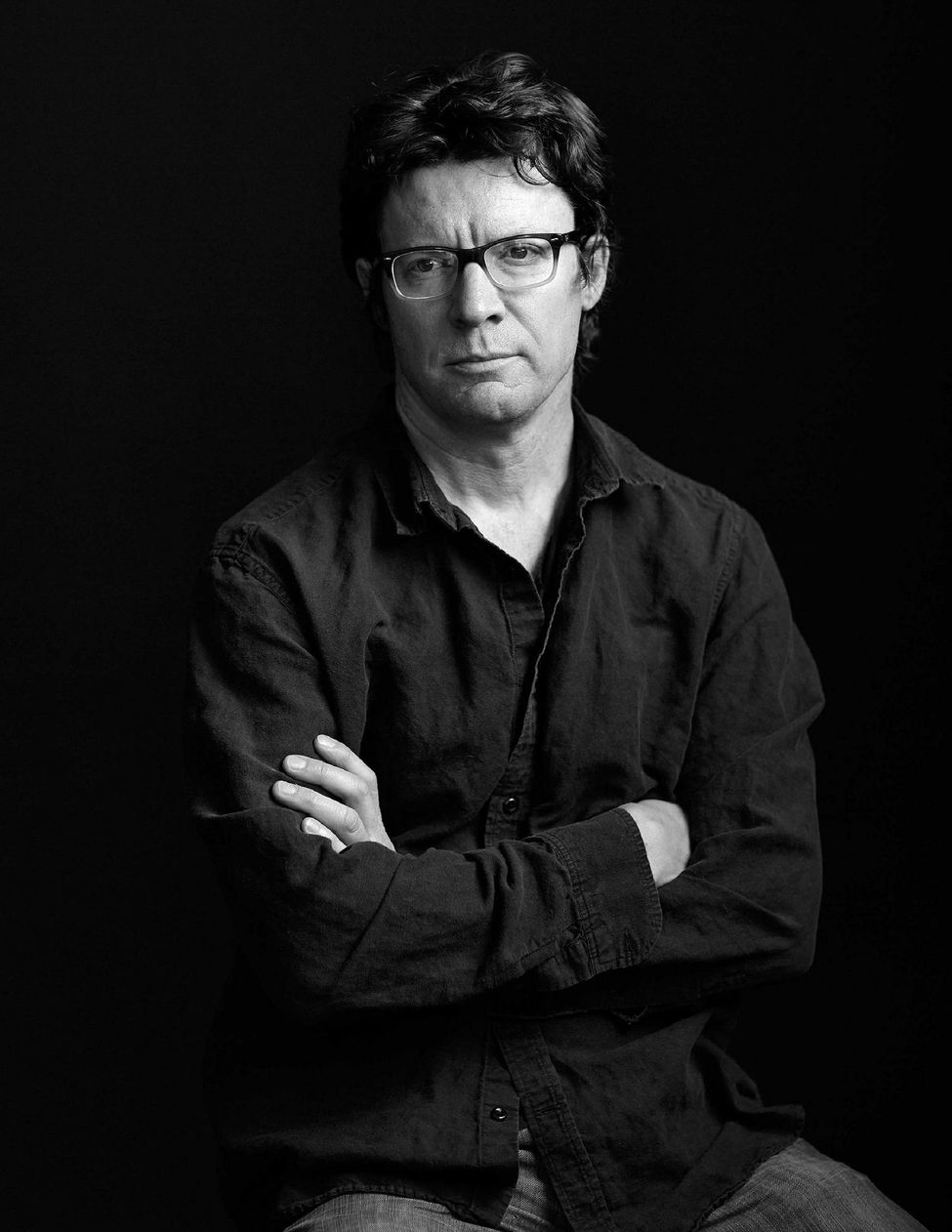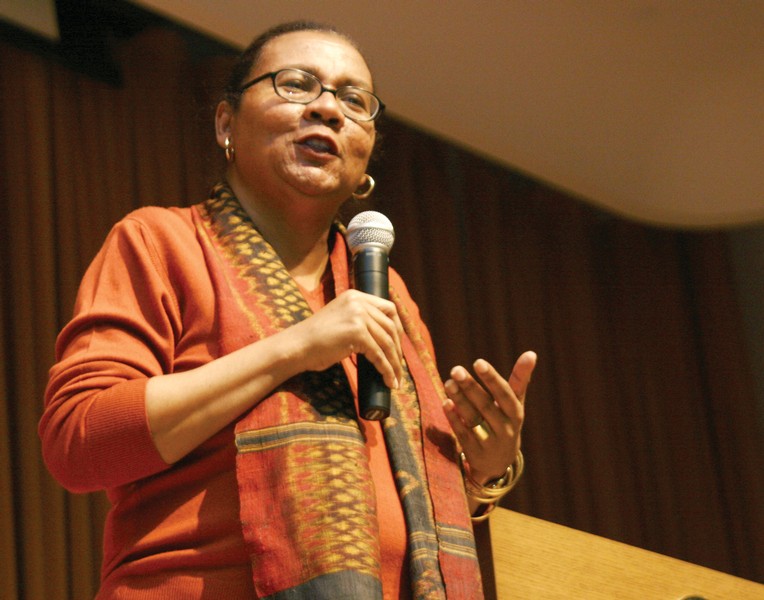
bell hooks (no capitals, please) was born Gloria Jean Watkins in Hopkinsville, Kentucky, on 1952-09-25, or 70 years before the publication of this weblog post. Her pen name is taken from her maternal great-grandmother who, according to Heather Williams “was known for her snappy and bold tongue, which [bell hooks/ Gloria Jean Watkins] greatly admired”. Williams further informs us that the name was put in lowercase letters “to distinguish [herself from] her great-grandmother.” It also signified that it was more important to focus on her works, not her personality, expressed as the “substance of books, not who I am.”
Perhaps the most import insight bell hooks brings is that communication and literacy, defined as the ability to read, write and think critically, are necessary for the feminist movement because without them people may not recognize gender inequalities.
If there is a single work that would help people understand bell hooks, it is Ain’t I a Woman: Black Women and Feminism (1981). The title is not original. It was used by Sojouner Truth (1797 – 1883), as the publication title of an untitled speech given at a Woman’s convention in 1851 at Akron, Ohio. The fact that there is 130 years between these publications suggests that the status of Black women has not improved noticeably in that time.
Racism and sexism have doubly impacted the lives of Black women, so that they have the lowest status and worst conditions of any group in American society. Southern segregationists promoted a stereotype of Black female promiscuity and immorality. According to hooks, white female reformers were more concerned with white morality than the living conditions of Black Americans.
White society stereotyped white women as pure/ goddess/ virginal, in contrast to the stereotypical Black women depicted as seductive whores. This, in turn, justified the rape of Black women by white men. hooks views Black nationalism as patriarchal and misogynist.
The then-current feminist movement (from the 1970s), is seen as a (largely) white middle and upper class movement, unsympathetic to the needs of poor/ non-white women. This feminism actually reinforces existing patterns of sexism/ racism/ classism.
There are two other problematic starts, and legacies affecting Black women. The Nation of Islam dates from 1930. The Nation was started by Wallace Fard Muhammad (c. 1877 – c. 1934) in Detroit. After Muhammad’s disappearance, leadership was taken over by Elijah Muhammad (1897 – 1975), who expanded it to include schools/ banks/ restaurants/ stores/ truck and air based transportation systems/ publishing in 46 American cities. It also owned about 80 square kilometers of farmland in 1970. While all of these may be viewed positively, it was also a patriarchal organization that promoted gendered roles, and denied women leadership opportunities.
The Black Panther Party was started in the mid 1960s, by Huey P. Newton’s (1942 – 1989) and Bobby Seales (1936- ). They initially developed a 10-point manifesto. The Black Panther Party founded over 60 community support programs (renamed survival programs in 1971) including food banks, medical clinics, sickle cell anemia tests, prison busing for families of inmates, legal advice seminars, clothing banks, housing cooperatives, and their own ambulance service. The most famous of these programs was the Free Breakfast for Children program which fed thousands of impoverished children daily during the early 1970s. Newton also co-founded the Black Panther newspaper service, which became one of America’s most widely distributed African-American newspapers.
To begin with, not all was well with the Black Panther Party. It too advocated violence, black masculinity and traditional gender roles. Thus, it was not a vehicle for improving the status of Black women. It was patriarchal and misogynist. However, things started to improve, especially from 1968, when women constituted two-thirds of the party.
In Black Looks: Race and Representation (1992) hook takes an article by Audre Lorde’s (1934 – 1992) about black womanhood as a structure, then discusses how black women are imprisoned in a stereotype of violence, that continues on through the generations. She believes that the narrative can be changed, but that it is hard. Black women are encouraged to discuss Black literature. Yet, this does not come with any guarantees of self-actualization. In particular, she refers to Celie, a character in Alice Walker’s (1944 – ) The Color Purple (1982), where she escapes an abusive situation, only to return to a similar situation at the end of the novel. What these fiction writers are doing, is breaking “new ground in that it clearly names the ways structures of domination, racism, sexism, and class exploitation, oppress and make it practically impossible for black women to survive if they do not engage in meaningful resistance on some level.” (p. 50) Angela Davis (1944 – ) and Shirley Chisholm (1924 – 2005) are presented as examples of Black women breaking the trend and resisting the cycles. Women of color need to engage in feminism and in the “decolonizing of our minds” in order to center “social change that will address the diversity of our experiences and our needs.” (p. 60)
Not being Black, female or queer pas gay, it is not my place to pass judgement on the previous two works. At some level there is an intellectual understanding, but no lived experience. This is not the case with the third, and last, book that I would like to discuss: belonging: a culture of place (2009). hooks begins chapter 2, Kentucky is My Fate, with: “If one has chosen to live mindfully, then choosing a place to die is as vital as choosing where and how to live. Choosing to return to the land and landscape of my childhood, the world of my Kentucky upbringing, I am comforted by the knowledge that I could die here.” This was her fate, in 2021.
She regards her upbringing in rural Kentucky, as an exposure to anarchy, where people are enabled to live a relatively free life, despite racial separatism, white exploitation and black oppression. She contrasts this with more general urban experiences, where rules were made, imposed and enforced by unknown others, where “black folks were forced to live within boundaries in the city, ones that were not formally demarcated, but boundaries marked by white supremacist violence against black people if lines were crossed. Our segregated black neighborhoods were sectioned off, made separate. At times they abutted the homes of poor and destitute white folks. Neither of these groups lived near the real white power and privilege governing all our lives.”
In her last chapter, 10: Earthbound: On Solid Ground, hooks discusses the concept of interbeing, “That sense of interbeing was once intimately understood by black folks in the agrarian South. Nowadays it is only those who maintain our bonds to the land, to nature, who keep our vows of living in harmony with the environment, who draw spiritual strength from nature. Reveling in nature’s bounty and beauty has been one of the ways enlightened poor people in small towns all around our nations stay in touch with their essential goodness even as forces of evil, in the form of corrupt capitalism and hedonistic consumerism, work daily to strip them of their ties with nature…. To look upon a tree, or a hilly waterfall, that has stood the test of time can renew the spirit. To watch plants rise from the earth with no special tending reawakens our sense of awe and wonder.”
While I am happy that bell hooks was able to return to Kentucky, it is not always possible for people to return to their own place. For most of my adult life, my home town, New Westminster, on the banks of Sto:lo, the Fraser River, has been economically inaccessible. Thus, I have had to create my own substitute, Cliff Cottage, at Vangshylla, in rural Inderøy, Trøndelag, Norway. This has not happened without my own internal protests! Despite these, it is a place that is suitable for my anarchist self. Rural landscapes make better use of their internal resources, and are closer to sustainable. Prices for housing are lower, so people can work less. The benefits of an rural lifestyle are real.
Urban landscapes, unfortunately, have become dependent on the massive import of external resources, for their survival. They are no longer sustainable. People living there, feel a need to work excessively just to pay for the basics of housing. The benefits of an urban lifestyle are largely a mirage. At one point I read that in 2020 New Westminster experienced the worst air quality in the world due to the combined effects of the 2020 Western American wildfires and a fire at the old pier at the quay.
This week, I was sent two listings for houses for sale in Kerrisdale, a residential area in Vancouver, British Columbia, where Trish, my wife, grew up. The prices for these modest houses on smallish lots were between two and three million dollars, Canadian. I would discourage everyone, from supporting this form of übercapitalism. Buying such a house is not in the spirit of bell hooks. It is hard to be an anarchist, making monthly mortgage payments! It is hard to be an anarchist, wasting income on unnecessary expenditures.


